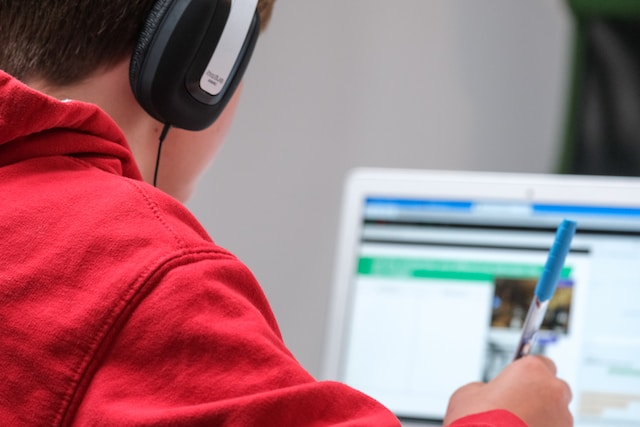In an age where technology plays a central role in education, protecting student data and information is paramount. Schools and educational institutions have a responsibility to ensure the privacy and security of their students’ data. In this blog, we will explore the various strategies and best practices for safeguarding student data and information.
Educational institutions gather a vast amount of data, from attendance records to academic performance metrics. This valuable information must be handled with the utmost care to prevent data breaches and safeguard the privacy of students.
Data Encryption: Shielding Data from Prying Eyes
Data encryption stands as a stalwart defense against unauthorized access and data breaches. This process involves converting sensitive data into an unreadable format, known as ciphertext, which can only be deciphered by someone with the appropriate decryption key.
Educational institutions should prioritize robust encryption techniques for data both in transit and at rest. For data in transit, using secure protocols like HTTPS ensures that data traveling over networks remains encrypted and secure during transmission. Additionally, encrypting data at rest means safeguarding information stored on servers, laptops, and other devices within the educational environment.
User Authentication: Limiting Access to Authorized Users
User authentication is the fortress guarding the gates to your institution’s sensitive data. It involves verifying the identity of individuals seeking access to student information, ensuring that only authorized users can enter. Robust user authentication protocols are pivotal in maintaining data integrity and privacy.
Implementing stringent password policies is a fundamental step. Encourage the use of complex passwords, a mix of upper- and lower-case letters, numbers, and special characters. Regularly prompt users to change their passwords and avoid common, easily guessable phrases or sequences. Consider implementing two-factor authentication (2FA) as an additional layer of security, requiring users to provide something they know (password) and something they have (such as a mobile device) to access the system.
Educating Staff and Students: The Human Element
The human element is often the weakest link in data security. While there is no way to completely eliminate human error, it is crucial to educate both staff and students about the importance of data privacy and security. Regular training sessions on best practices, phishing awareness, and password management can go a long way in preventing data breaches.
Amid the complex web of cybersecurity measures, the human element often emerges as the weakest link. That’s why educating both staff and students about data privacy and security is paramount.
Regular training sessions serve as a crucial pillar of defense against data breaches. These sessions should cover a wide range of topics, from recognizing phishing attempts to practicing secure password management. By imparting knowledge about the latest cybersecurity threats and attack techniques, educational institutions empower their community to identify and thwart potential dangers.
Regular Security Audits: Identifying Vulnerabilities
Conducting regular security audits is an essential practice for maintaining the integrity of your institution’s data protection measures. These audits serve as a proactive means of identifying potential vulnerabilities and weaknesses before they can be exploited by cyber threats.
During these audits, it’s vital to assess network security, evaluate data storage practices, and examine the effectiveness of existing security policies. By conducting comprehensive tests and vulnerability assessments, you can stay one step ahead of potential attackers and ensure that your defenses are up to date.
Keeping an Eye on Student Devices
A software such as s K12 Chromebook monitoring tool plays a critical role in ensuring the safety of student data. By monitoring the activity on these devices, schools can detect and prevent potential security breaches. It also allows educators to keep an eye on online behavior to ensure a safe and productive learning environment.
By monitoring these devices, educational institutions can detect and prevent potential security breaches in real-time. Suspicious activities, unauthorized access attempts, or unusual data transfers can trigger alerts, allowing swift action to be taken to mitigate risks.
Protecting student data and information is not solely the responsibility of educational institutions but a collective effort involving educators, administrators, and students themselves. By implementing robust security measures such as encryption, user authentication, and regular audits, and by educating all stakeholders about data security best practices, schools can create a safer digital learning environment.
